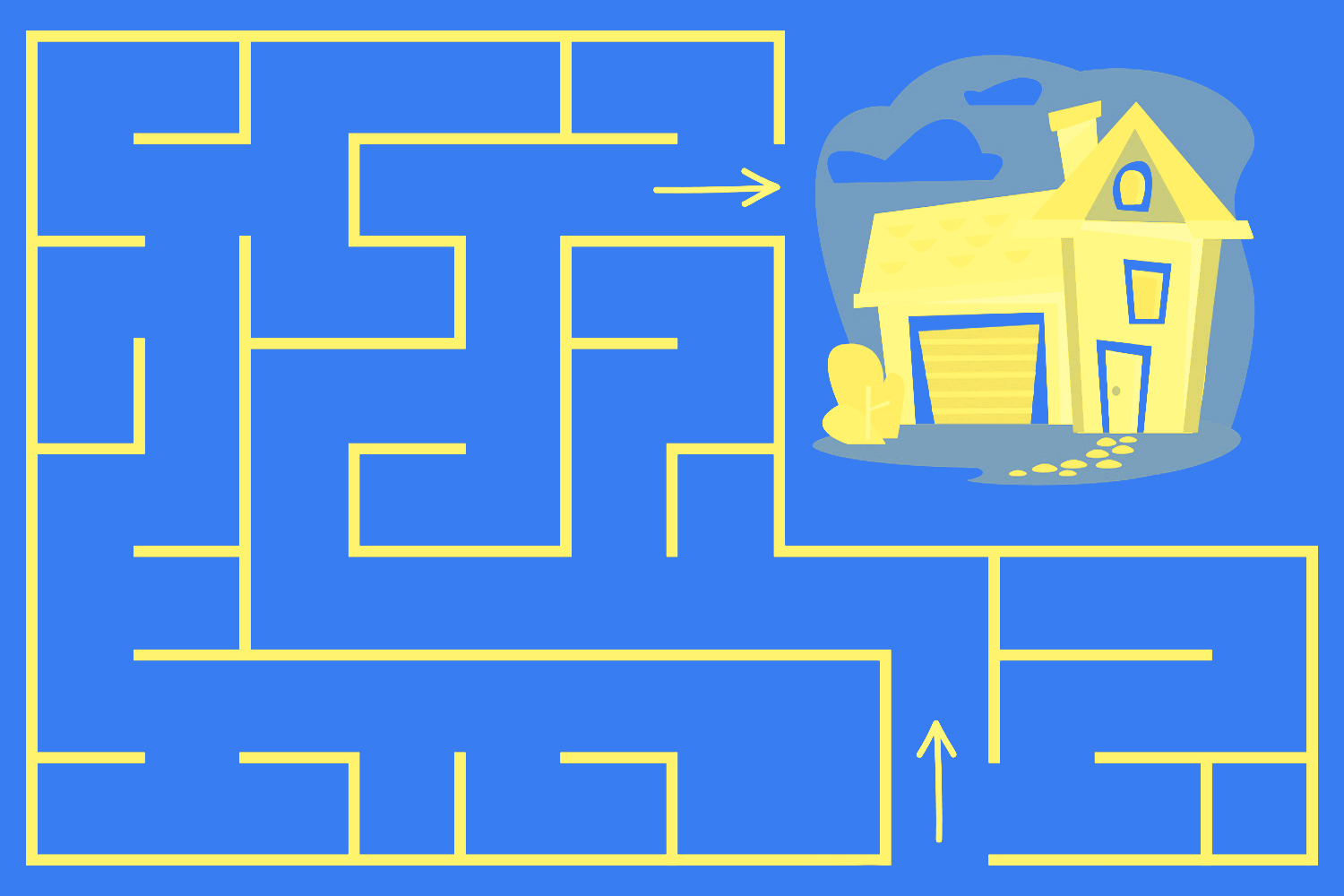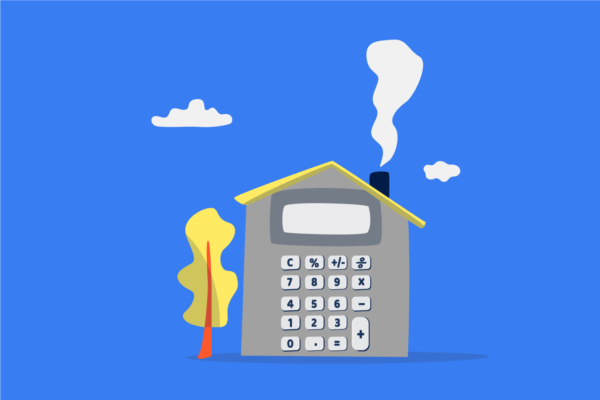
How Does the Mortgage Process Work?

Buying a home is an exciting milestone—but it’s also a complex financial journey. Whether you’re a first-time homebuyer or a seasoned homeowner, understanding the mortgage process from start to finish can help you feel more confident and prepared. While every buyer’s experience may vary slightly, most home purchases follow a series of key steps, from assessing your finances to getting the keys to your new home.
The full process can take anywhere from 30 to 90 days—or even longer—so it pays to know what to expect. Let’s walk through the mortgage process step-by-step.
Step 1: Figure Out What You Can Afford
Before falling in love with a home, make sure it fits your budget. You’ll want to consider not just the monthly mortgage payment, but also property taxes, homeowners insurance, maintenance costs, and closing costs. Using a home affordability calculator can give you a ballpark estimate of what home price is realistically within your financial reach. This early planning can help prevent disappointment and financial strain down the road.
Step 2: Get Pre-Approved
Once you know your budget, it’s time to start the mortgage approval process by getting pre-approved for a home loan. Your lender will review financial documents, including your pay stubs, tax returns, credit report, and bank statements to determine how much you can borrow and what interest rate you qualify for. They’ll also assess your credit score, income, and debts.
A pre-approval letter helps you stand out to real estate agents and home sellers by showing you’re a serious buyer who’s already been vetted. s.
From Mortgages to Home Equity Loans
Our local, award-winning lending team is ready to help you begin today.
Step 3: Find a Home and Make an Offer
With pre-approval in hand, the house hunt begins! Work with a qualified real estate agent to find a home that fits your needs, preferences, and budget. Once you discover “the one,” you’ll make a formal offer. If the seller accepts, you’ll sign a purchase agreement and provide an earnest money deposit, which shows you’re committed to the purchase.
Step 4: Shop for the Right Lender and Loan Type
Even if you were pre-approved by one lender, you can still shop around for better mortgage rates or more favorable loan terms. It’s smart to compare options from at least two or three lenders. Ask about interest rates, fees, and available loan products.
For example, VA loans typically offer lower rates and no down payment for eligible veterans. FHA loans are popular among first-time buyers for their more flexible credit requirements and competitive interest rates. Choosing the right lender and loan type could save you thousands over the life of your loan.
Step 5: Submit Your Mortgage Application
After your offer on a home is accepted and you’ve selected your lender, you’ll submit a formal mortgage application. Even if you’ve been pre-approved, the lender will still need to update and verify your financial information, including current pay stubs, tax returns, bank statements, and other documentation. Within three business days, your lender will send you a loan estimate, which outlines the loan amount, estimated monthly payment, interest rate, and payment and closing cost details.
Step 6: Lock In Your Interest Rate
Now’s the time to lock in your interest rate. Interest rates can fluctuate daily, so securing a rate now protects you from potential increases while your loan is being processed. Ask your lender about the duration of the rate lock and whether it can be extended if necessary.
Step 7: Loan Processing and Underwriting
Next comes loan processing, where your lender organizes and verifies your information. They’ll confirm employment, analyze income and assets, check your credit report again, and order a home appraisal to ensure the purchase price matches the property’s market value.
The file then moves to the underwriting process for mortgage loans, where an underwriter evaluates all risk factors. They’ll review your credit score, credit report, financial stability, and the home itself. If more documents or clarification are needed, the underwriter will reach out before making a decision.
Step 8: Home Inspections and Title Work
While your loan is in underwriting, you’ll schedule any desired home inspections. Though not required, inspections are highly recommended—they can reveal potential problems like foundation issues, plumbing defects, or electrical hazards. If issues are uncovered, you may be able to negotiate repairs or request seller concessions.
Meanwhile, a title company will perform a title search to ensure the home has a clear ownership history. You’ll also need to purchase title insurance to protect against legal disputes after closing.
Step 9: Prepare for Closing
Once underwriting is complete and you’ve received final approval, you’re officially “clear to close.” A few days before your scheduled closing, your lender will send a closing disclosure that outlines the final terms of your loan, including your loan amount, interest rate, and all closing costs.
You’ll need to prepare funds for your down payment, closing costs, and any prepaid expenses like homeowners insurance and property taxes. These can be paid via wire transfer or certified check, depending on your lender’s requirements.
Step 10: Closing Day
Closing typically takes place at the title company or attorney’s office and lasts about an hour. You’ll sign your mortgage documents, pay the required funds, and officially complete the mortgage process.
In some cases, e-closings may be available, allowing you to sign most or all documents digitally. This can speed up the process and offer greater convenience—especially if you’re moving from out of town.
Step 11: Get the Keys to Your New Home
Congratulations—you did it! After closing, you’ll finally get the keys to your new home. Your mortgage journey is complete, and you can move in and start this exciting new chapter of your life.
Final Thoughts
The mortgage process may seem overwhelming at first, but breaking it into clear, manageable steps makes it much more approachable. From the mortgage approval process and underwriting process for mortgage loans to understanding closing costs and choosing the right loan amount, each part of the journey is essential to securing your dream home.
At Amplify Credit Union, we’re here to guide you every step of the way. Whether you’re applying for your first home loan or refinancing an existing mortgage, our team is ready to help you navigate the process with clarity and confidence.




